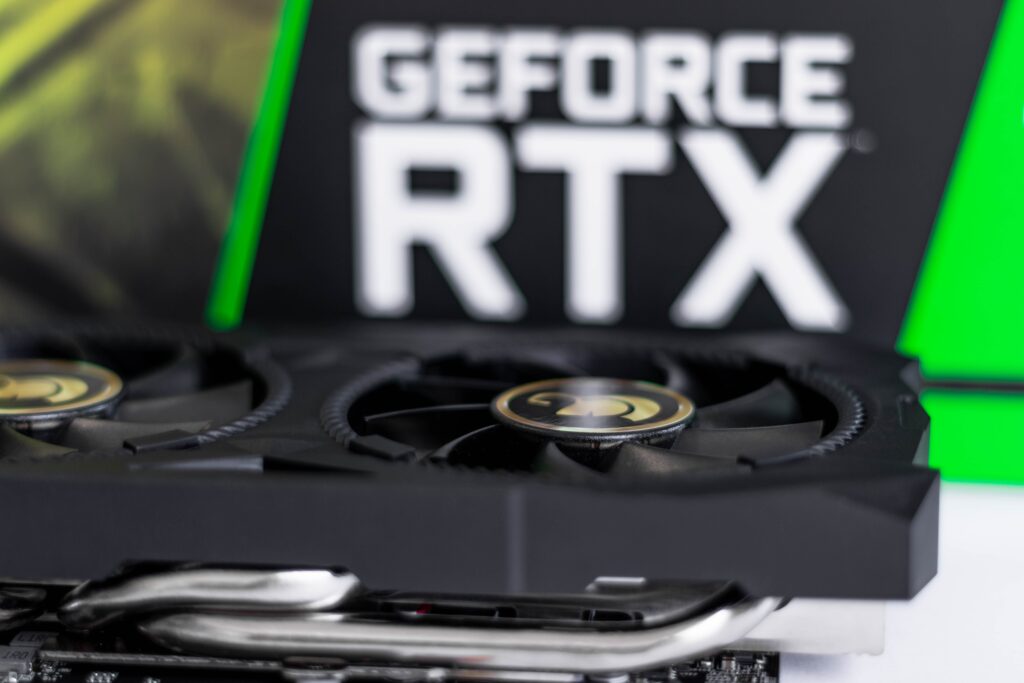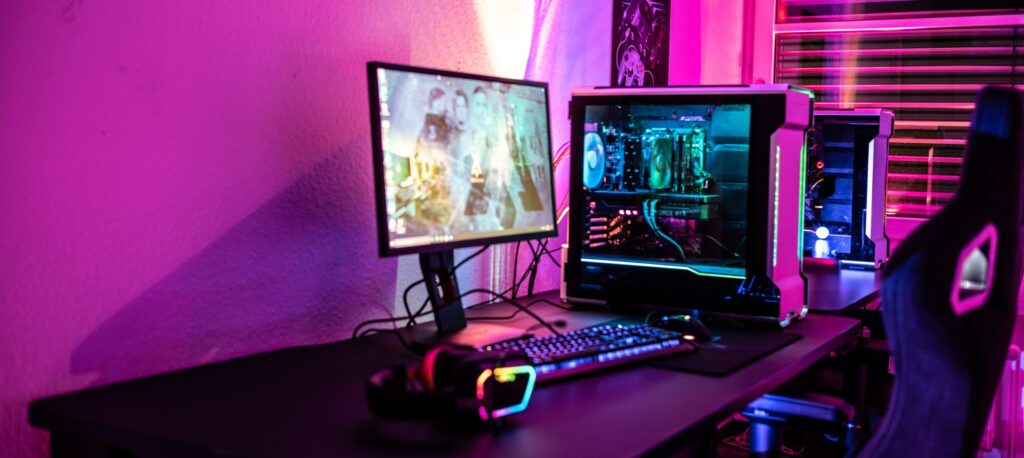With the advent of social media like YouTube, and more recently sites like Twitch, streaming is a popular pastime among today’s gamers. However, streaming is typically done by people with powerful systems. Even a relatively budget system with an Intel i5-12400 and a Nvidia RTX 2060 SUPER, which can stream, is far more costly than some wannabe streamers can afford, at nearly $1000. How can you do budget streaming?
This article will outline ways to stream without much money. There are a few different ways to do budget streaming. But first, what does a streaming PC actually need?
Requirements for Streaming
You can’t stream on just any computer. All streaming computers have certain similarities that are important.
1: Powerful CPU
Like any decent gaming system, a streaming system needs a powerful CPU, and barring that, at least a modern one. Being the core of your system, everything passes through the CPU, meaning that it needs to be quick. In addition, it needs to be powerful to run your streaming software and games.
2: GPU with an Encoder
In order to turn your screen data into a video YouTube or Twitch can use, it needs to be encoded first. While this can be done on the CPU, and this is in theory higher quality, only a super high end CPU with lots of cores, such as an i9-12900K, can actually encode high quality video while not bottlenecking your system.
Instead of running it on the CPU, it’s much better to run it on the GPU, where it won’t affect performance. Most modern GPUs can record video at high qualities; any Nvidia GPU, 10-series or newer, can encode video at reasonable quality, from the lowly GT 1030, to the budget GTX 1660, to the god-king of GPUs, the RTX 3090 TI.
If you’re going to buy (or already own) an AMD GPU, there is a consideration to take into account. While most AMD GPUs and even APUs contain an encoder, a few, such as the lame RX 6500 XT, do not. Generally, however, most AMD GPUs since VEGA contain a decent encoder.
3: Fast Network Speed
In order to upload HD video to a website live, you need a fast internet connection. If you’re on ethernet, this isn’t a problem no matter how old your PC is.
However, if you’re on WiFi, there are a few things to make sure of: First, you should be using WiFi 5 or newer; WiFi 6 or 6E is preferred. Second, be sure that you’re on the 5 GHz band. If you’re having trouble connecting on this band, move your computer nearer to your Router.
Finally, if you’re having speed trouble, be sure that A) your router is faster than 2,000 GBPS, B) you’re internet plan is at least gigabit, and C) That there are as few other devices on WiFi as possible, including, phones, smart appliances, other computers, and other modern gadgets.
4: Ample RAM
In order to stream and game well, you need to have plenty of RAM, and fast RAM at that. You’ll need 8 Gigabytes minimum, with 16 or even 32 preferred. In addition, you’ll need DDR4 or DDR5 RAM, preferably over 2400 Megahertz.

Budget Streaming Build Guides
Now that we’ve outlined the requirements for a streaming PC, here are the build guides! Note that these aren’t hard-and-fast, but rather guidelines for how you’re PC should be built.
Option #1: New PC
This first option is to build a PC from individual parts; this gives you maximum bang-for-your-buck, but does require you to interact with things you wouldn’t normally touch in your PC.
This build is essentially the Entry Level AMD Gaming Build from PCPartPicker. Unlike the Entry Level Intel Gaming Build, this PC can stream; as the APU has an encoder, which surprised me originally. It meets all the requirements: Powerful CPU, a GPU with an encoder, fast Ethernet, and ample RAM. If you need wifi, you can pick a B450 motherboard with wifi for a similar price, albeit it will not support a bigger CPU. It also fits the price factor: as of now, it costs only around $420, compared to the $575 Intel build. The problem with the Intel build is it frequently goes more expensive.
If you need to cut costs even more, go for a AMD Ryzen 5 4600g rather than this build’s 5600g. While it is significantly slower and competes more with an Intel 12100 rather than a 12400. It at least matches the older Intel i5-8600k, which is enough. While you do that, downgrade the RAM from 3600 MHz to 3200MHz, as 3200 MHz is the fastest the 4600g can support.
If you really can’t afford much, get 8 Gigabytes of ram rather than 16. This is less upgradeable, but it’s fine. Be sure to get two 4 GB sticks rather than one 8 GB stick; two sticks is faster on all modern systems.
Whether you go for this option or option #2, be sure to buy a cheap microphone kit such as the $60 Tonor TC20 kit.
Option #2: Upgrade a System
If you already have a newish office-level PC that you use at home, a potential way to start streaming for less than $200 is to upgrade it. Be sure that you have at least 8 GB of DDR4 memory, and if it’s older, be sure it has an i5 in it; plus be sure that it has a 550+ watt PSU (And if you’re going to spend more than $200, be sure it’s more than 600 watts). Really, all you’ll have to do is buy a GPU if it meets these requirements.
AMD frequently fails in the budget market. In our case, it fails even worse, as it’s best sub-$200 product–The Radeon RX 6500XT–doesn’t have an encoder. Thus, buy from Nvidia.
For less than $300, you can buy an RTX 2060 SUPER and get raytracing, one of the best encoders, and 6 GB of VRAM on your side. For less than $200, you can get a GTX 1650 SUPER or a 1650 G6/GDDR6, which are fine as far as they go and still run all modern games. If you have little money, get a GTX 1050 ti or GTX 1630; the older GTX 1050 ti is far better value for money, but has an older encoder. If you have less than $100 to spend, get a GT 1030, which is enough for CSGO but not CoD or Cyberpunk 2077.
Whether you go for this option or option #1, be sure to buy a cheap microphone kit such as the $60 Tonor TC20 kit.
Option #3: Buy an AMD Laptop
If you’re planning on being on the go and don’t mind spending more for the same thing, an AMD Laptop under $700 can likely stream, as the APU should also have an encoder. It will likely perform poorer than Option #1.
I don’t really recommend this option, as it has poor value. On the other hand, it does come with a free monitor, microphone, and camera.

Summary
In this article we have outlined the ways to stream on a budget. If it was helpful, be sure to share it with your friends! Maybe check out one of the other articles below?

